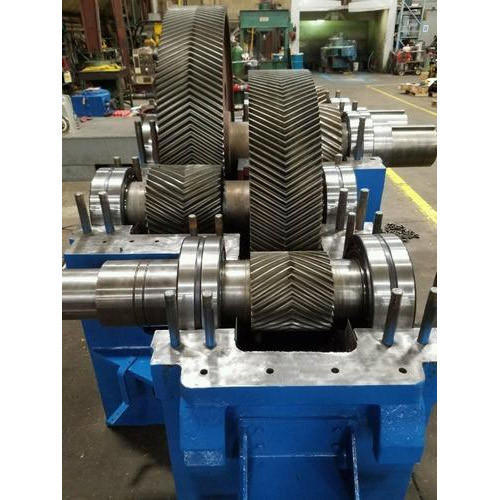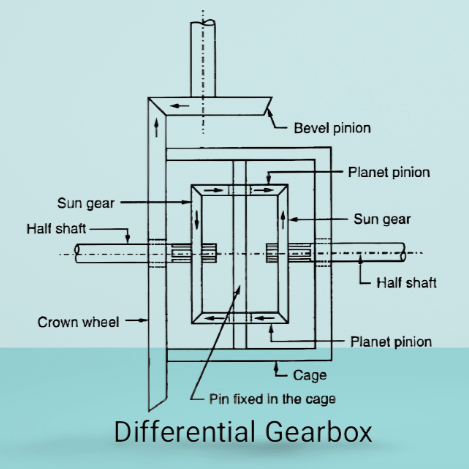CONTENTS
INTRODUCTION
Every Internal Combustion Engine requires a continuous and optimum supply of fuel as it runs. But, this fuel requirement varies depending mainly on the external load on the engine. For example, if a vehicle is carrying a lot of weight or if it is climbing uphill it would require more quantity of fuel if the engine performance and speed is desired to be kept constant.
For this reason, we use governing systems that can satisfactorily regulate the fuel supply to the engine with variation in external load, etc. In this article we shall look into some of the governing methods commonly used.

I. HIT AND MISS METHOD
In this method of governing, when the speed of the engine rises above the rated speed, some explosions are skipped and the fuel supply in the engine cylinder is stopped for a few number of cycles till the speed comes down to the optimum range.
The advantage of this mechanism is that the whole mechanism is very light and simple. While the disadvantage of this method is that due to heavy fluctuation of energy, heavier flywheel is necessary to control the speed.
II. QUALITY METHOD
In this method of governing, the fuel content of the fuel-air mixture is altered by the action of governor by regulating the amount of the fuel entering into the cylinder while the quantity of air supply is kept constant.
It is done by varying the lift of the fuel valve or the time during which it is open. Another method is to have a throttle valve operated by a governor in the gas passage leading to the admission valve.
In this method, the same quantity of air is admitted at different loads, so the pressure after compression is always the same. Quality method is especially advantageous in case of two stroke engines as it is important in these engines to scavenge the cylinder with fresh charge in order to get rid of burnt gases.
III. QUANTITY METHOD
In quantity method of governing, the quantity of air-fuel mixture entering into the engine cylinder is regulated to control the speed of the engine. This method is adopted in the case of gas and petrol engines.
The quantity of the mixture of air and and vapourised petrol is varied by means of a throttle valve. When the speed of the engine rises above the normal working speed due to decrease of load, the balls of the governor move away from the axis of rotation of the governor spindle lifting the sleeve upward. Under this condition the throttle valve partly closes, reducing the quantity of the mixture supplied to the engine cylinder. This reduces the indicated mean effective pressure within the cylinder and ultimately power developed by the engine is reduced and vice-versa.

This method is more efficient and best suited to cases where the engine runs at lighter loads.
IV. COMBINATION METHOD
When close regulation of speed is necessary, combined with economy of fuel, a combination of quality and quantity method is adopted. But this method requires more complicated valve gear than is necessary for either method by itself. If used, the quality method of governing is adopted for loads upto half load and quantity method of governing is adopted for lighter loads.


